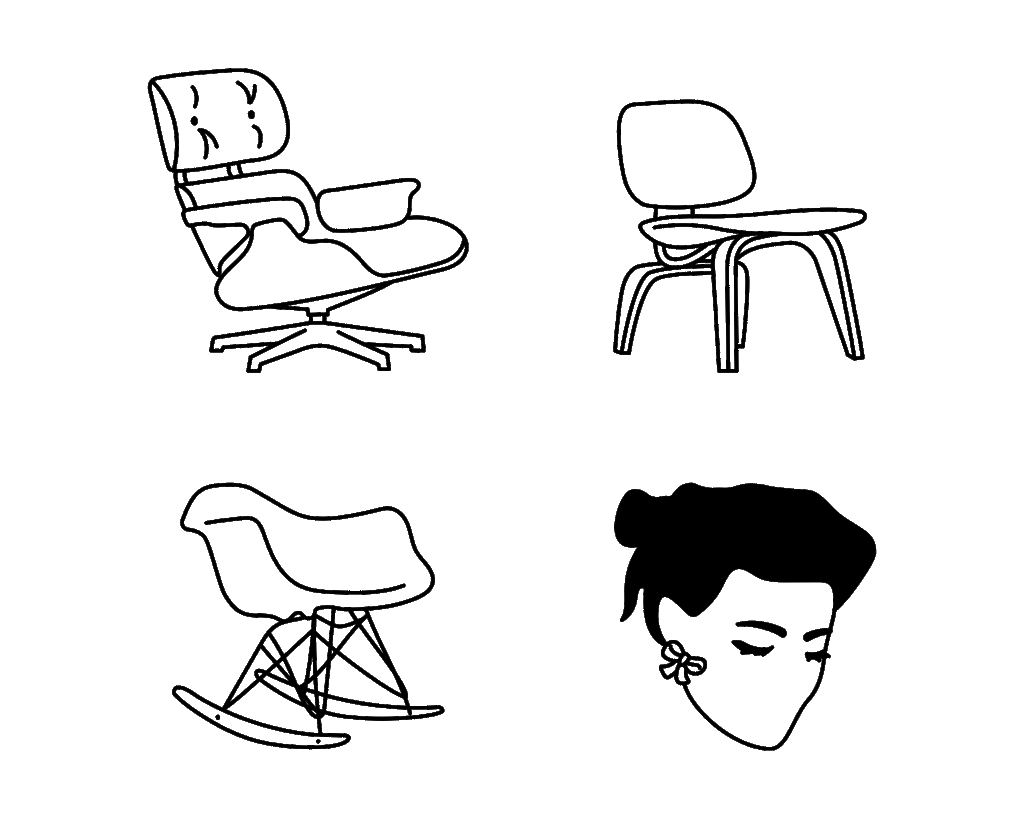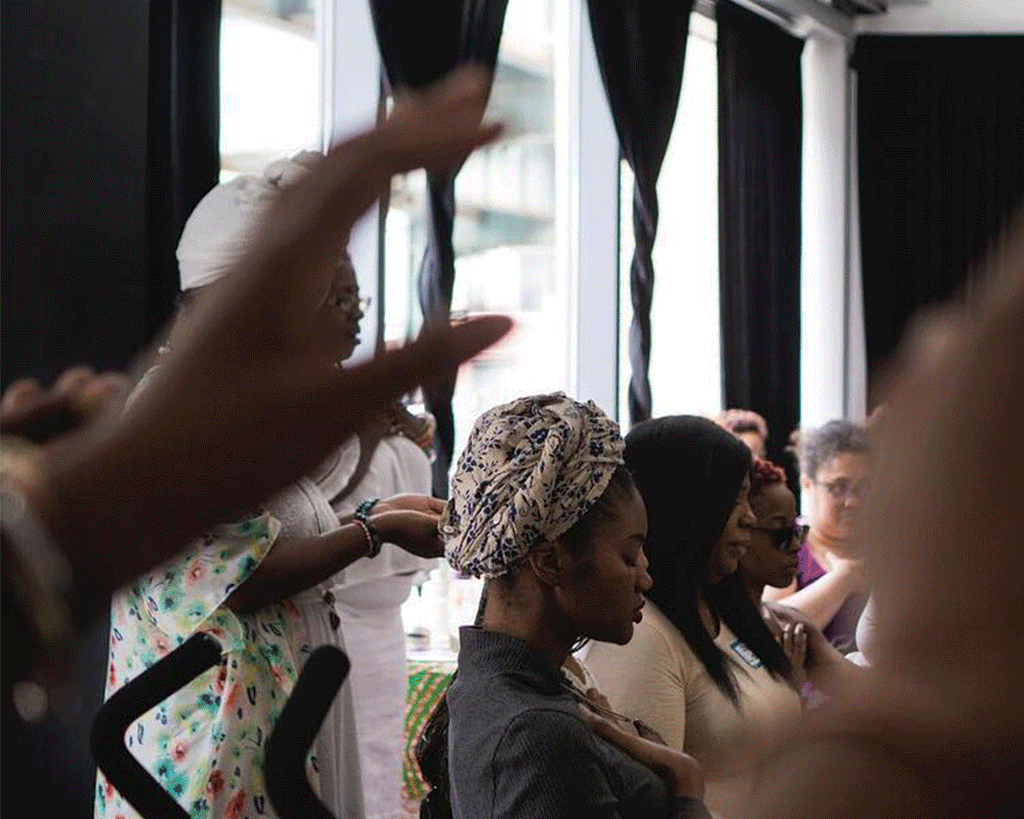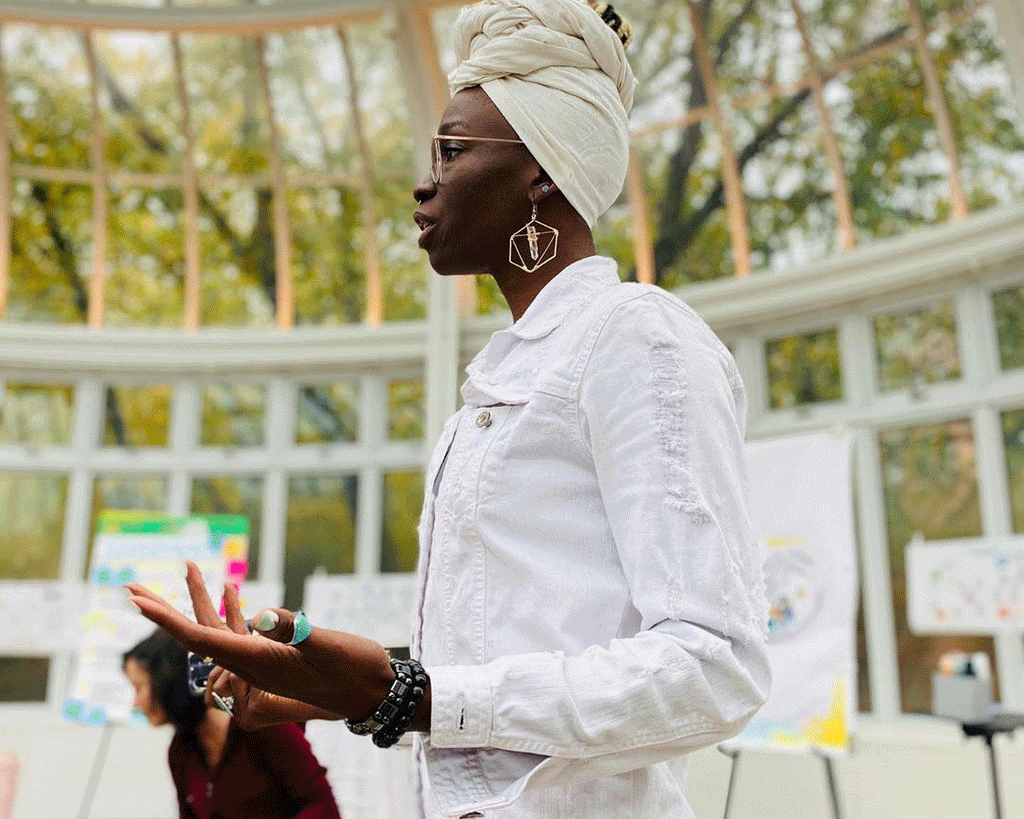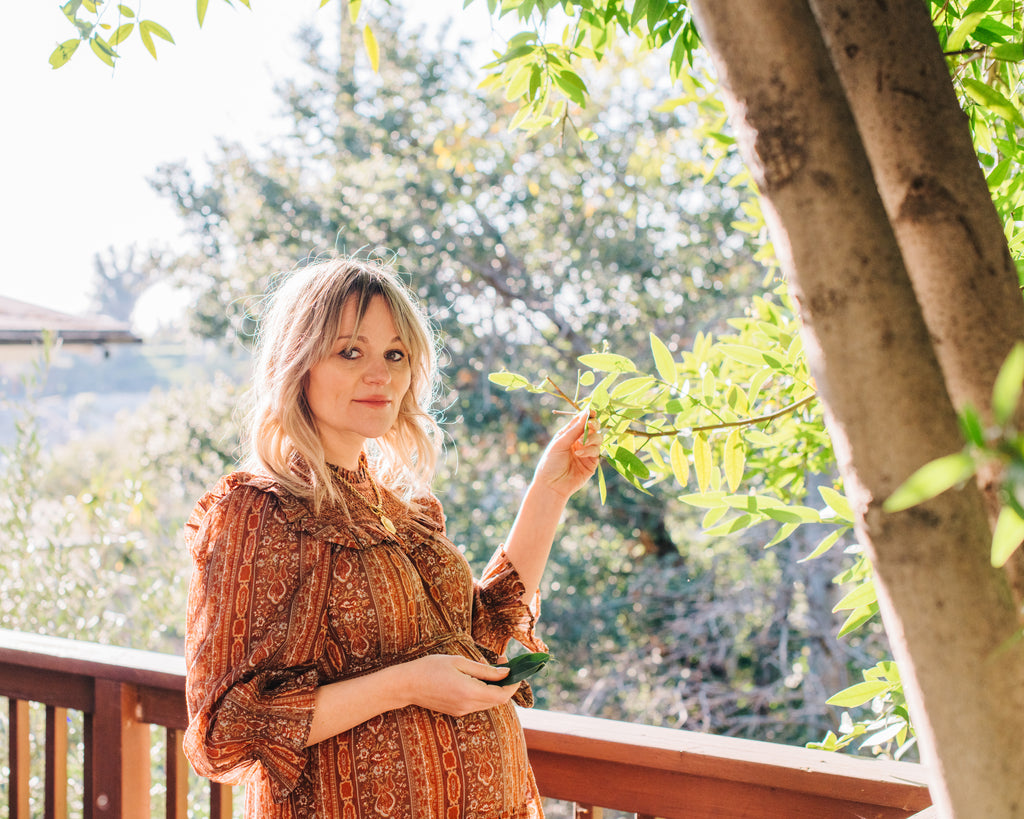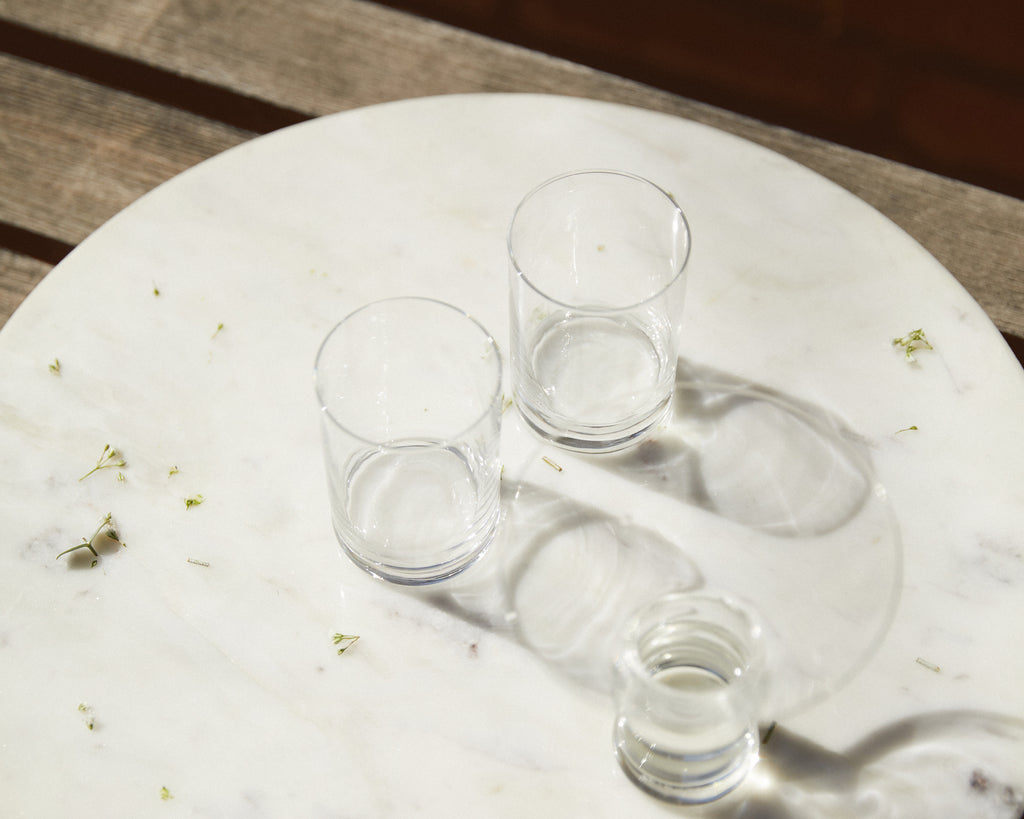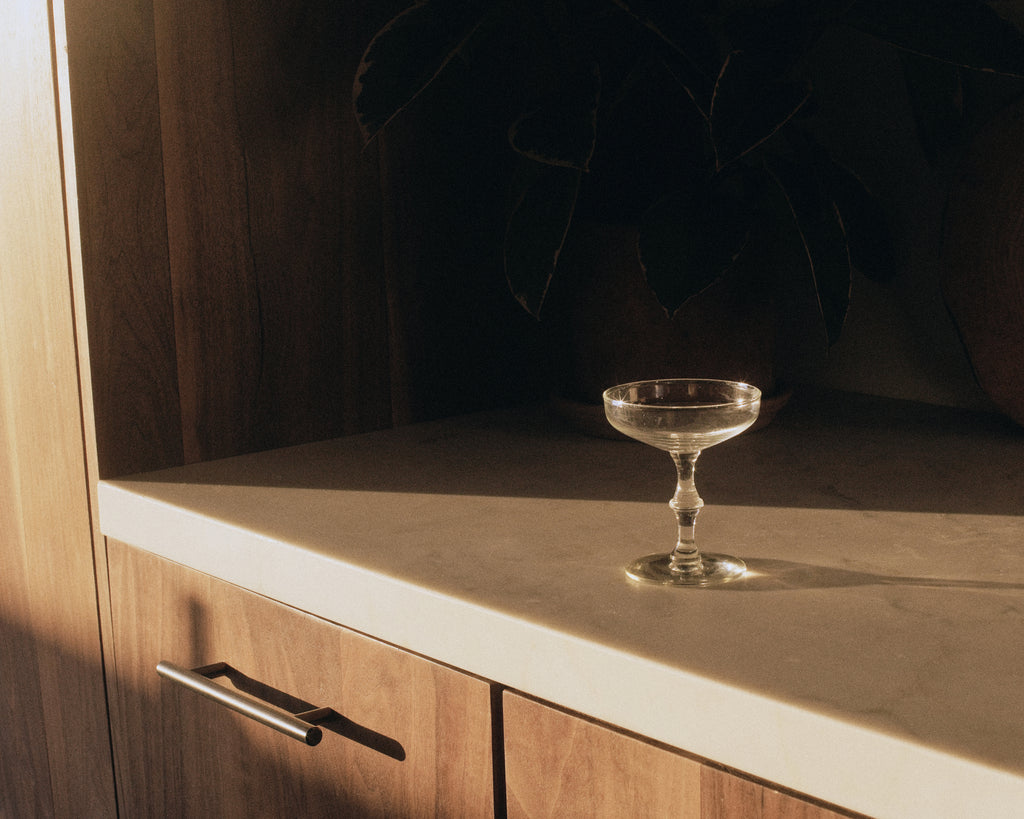Meet The Woman Who Took Her Pleasure Seriously: A Proper Intro To Ray Eames
Ray Eames was many things to many people: a designer, a painter, a true artist, a vehement Fire sign, a wife, an Episcopalian, a woman whose life – both personal and professional – revolved around play. She was born in Sacramento in 1912, before it was Didion’s Sacramento, and grew up governed by the firm yet often challenged belief that life was meant to be enjoyed.
That belief followed her to New York, where she studied abstract expressionist painting under renowned artists Lu Duble and Hans Hofmann. Ray’s list of close confidantes from the time reads like a who’s who of the New York art scene, and includes bigwig painters like Lee Krasner and Mercedes Matter. Her time in the city was short lived, however, as just a few years later she hatched a plan to head back west and build a house in California.
It would become the Eames House.

Ray met and quickly married her creative partner in crime, Charles Eames, in 1941 after working together on the display panels for the exhibition “Organic Design in Home Furnishings” at the Museum of Modern Art. The two honeymooned in Los Angeles and never left, the rest of their lives spent together frozen in a sweet honey haze. While Charles had a child, Lucia, from a previous marriage, he and Ray never had their own. It was like they never came home from vacation.
A few years into their lifelong Californian honeymoon, Ray and Charles were asked to participate in the Case Study House Program, an initiative sponsored by Arts & Architecture magazine with the goal of showcasing examples of modern yet modest homes that utilized wartime and industrial materials. They were assigned Case Study House Number 8, one of 28 homes throughout the greater Los Angeles area.
Addressing the swift switch in her career from abstract expressionism to architecture, Ray said, “I never gave up painting, I just changed my palette.” During the building of the Case Study home, Ray and Charles spent days and nights in the eucalyptus groves overlooking the sea from the Pacific Palisades. They shot arrows, picnicked in meadows, lounged about with friends and family. And on Christmas Eve, 1949, they moved in. Like their initial relocation to Los Angeles, this was a permanent choice; Ray and Charles would live together in that house on the hill for the remainder of their lives.
As much as the Case Study house became a milestone of modern architecture, perhaps its most significant role was as a backdrop for the creative endeavors that would come to comprise Ray and Charles’ careers.
There, in the light-dappled studio by the sea, they devised design after design. Ergonomic seat shells, the instantly classic Eames lounger, animal masks; these were the things they crafted on Chautauqua Boulevard. Practical commingled with playful, and novelty was rejected at all costs. Instead, they followed the design principle coined by Louis Sullivan that form should follow function. “Why design a beautiful chair that you can’t sit in?”, their work seemed to ask.
This philosophy manifested in their teachings, too. Often their first assignment was to build a kite, a simple task with an even simpler grading scale: design a beautiful kite that can’t fly and you fail. Design one that flies and you pass. Always ones to favor simple childhood pleasures, Ray and Charles used toys extensively as a means of experimentation and investigation in their work.
“Toys are not really as innocent as they look,” they said. “Toys and games are the prelude to serious ideas.”
While their work was a true collaboration, Ray is credited for establishing what is generally recognized as the “Eames look.” She didn’t do drawings – that was all Charles – but her keen sense for form and color from her days as a painter guided her and Charles’ work. She designed everything from magazine covers to textiles to game boards with the same nonchalance and simple joy with which she and Charles built everything. Nothing was done for vanity. Everything was done for pleasure – both theirs and others.
Like most famously pithy intellectual types, Ray and Charles have some great one-liners, the kind that are swiftly declarative and often tattooed on bodies, held up on posters, printed in coffee table books. “Anything I can do, Ray can do better,” Charles once said, and the historians took note.
And another, this one more a call to action than a passive claim: “Take your pleasure seriously.”
If you wanted, you could take this sentiment at face value, a superficial interpretation on par with “carpe diem” or “you only live once.” To take your pleasure seriously, though – in life, in love, in work – demands a much more thoughtful approach.
In an article published by the Eames Office, the quote is explained further,
"It means choosing work that you enjoy. It means doing a deep dive—taking the time to delve into your pursuits and explore them fully. It’s an encouragement to analyze objects, ideas, problems, and subjects from every angle with a playful, exploratory openness that allows you to reap the joys of the process."
Whatever it meant to live a life like that, Ray did it with grace. The joy lied in the process: of the honeymoon, of the days spent frolicking among eucalyptus, of the things she built with Charles – a chair, a house, a life.

